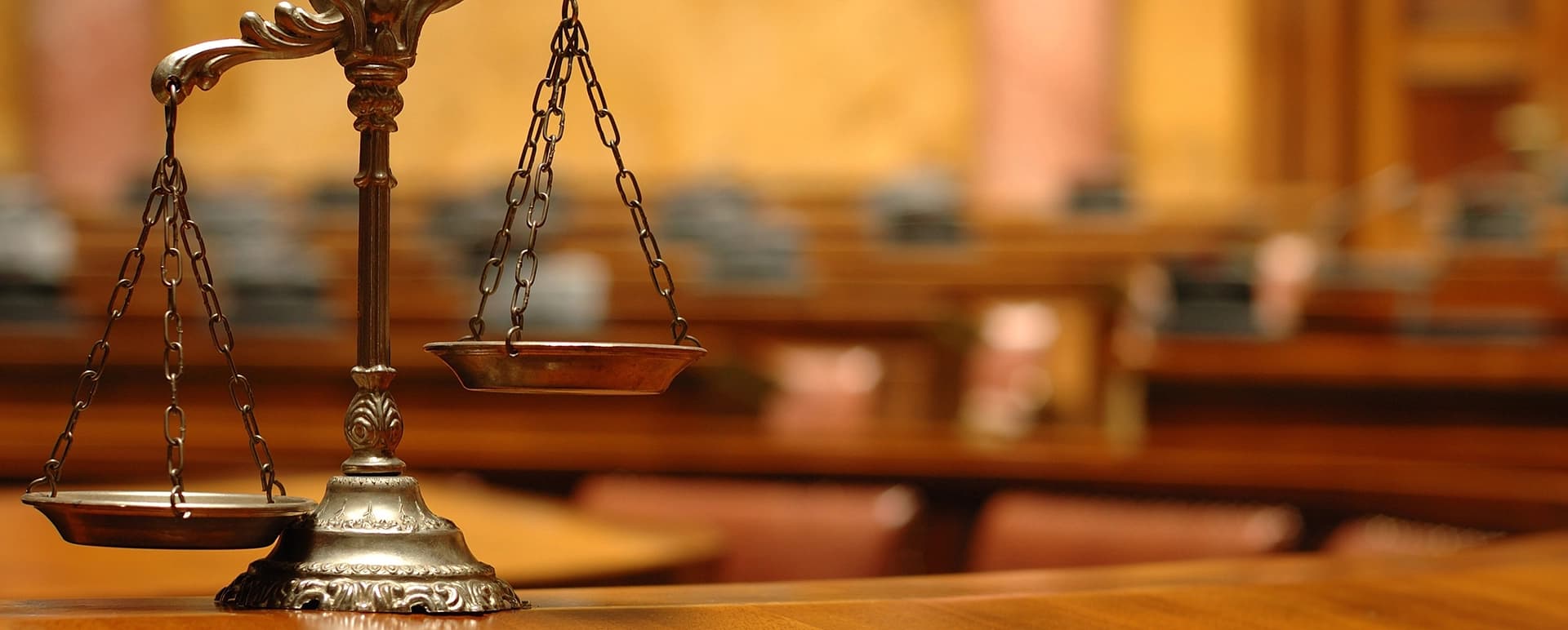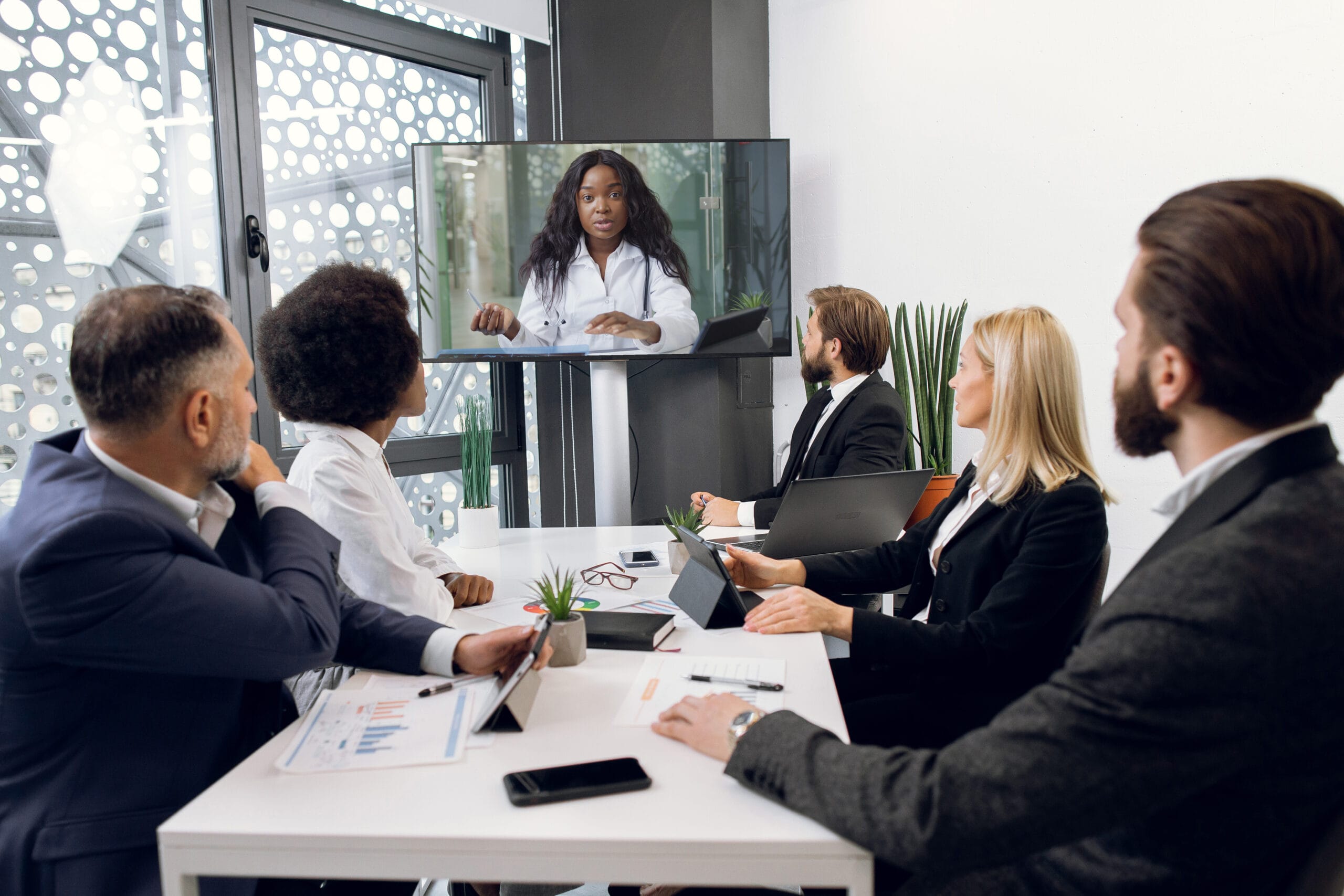Astound the Court: Important Elements of a Powerful Trial Presentation
In the world of legal campaigning for, the capacity to captivate a court is vital to the end result of a trial (trial presentation). Important components such as recognizing the target market, crafting an engaging narrative, and mastering spoken and non-verbal interaction are crucial components of a reliable presentation. The critical usage of visual help can dramatically enhance comprehension and retention of essential arguments. As these factors intertwine, they form a cohesive strategy that not only informs but also engages jurors on multiple levels. What certain techniques can genuinely change a common discussion into a remarkable experience for the court?

Comprehending Your Audience
Comprehending your audience is an essential element of effective test discussion. An effective discussion pivots on the capability to comprehend the demographics, values, and tendencies of jurors. This comprehension educates just how disagreements are framed, proof exists, and psychological allures are crafted, guaranteeing that the message reverberates with the jurors on a personal level.
Research shows that jurors originated from diverse backgrounds and might have varying degrees of understanding concerning lawful procedures (trial presentation). Hence, it is crucial to avoid legal jargon that might push away or confuse them. Rather, employing clear, relatable language fosters involvement and understanding. Additionally, recognizing the jurors' prospective prejudices and life experiences allows the trial presenter to prepare for arguments and address concerns proactively.
Effective test discussion additionally includes observing jurors' reactions throughout the proceedings. Involving with jurors as people instead than a collective unit is necessary in cultivating a solid link in the courtroom.

Crafting a Compelling Narrative
Crafting a compelling narrative is vital in directing jurors with the complexities of a situation. A well-structured narrative not just simplifies intricate legal ideas yet also involves jurors on an emotional degree, making the information much more relatable and remarkable.
To achieve this, lawyers must begin by determining the core message they want to communicate. This message needs to reverberate with the jurors' values and experiences, cultivating a connection that transcends plain truths. The story should unfold realistically, offering events in a clear sequence to avoid complication. This chronological strategy can aid jurors adhere to the development of events, stressing domino effect.
Incorporating human elements-- such as individual stories or stories-- can additionally improve the story's impact. These components evoke empathy, enabling jurors to envision the effects of the instance on realities. In addition, employing a regular theme throughout the discussion reinforces the primary disagreement, making it much easier for jurors to preserve vital points.
Inevitably, an engaging narrative changes a test discussion from a simple address of realities into a convincing story that astounds the court, urging them to ponder with both factor and emotion.
Making Use Of Visual Aids
Incorporating aesthetic aids right into a test discussion can substantially enhance jurors' understanding and retention of info. Visual products such as graphes, diagrams, photos, and videos can transform complicated legal ideas and evidence right into quickly absorbable formats. By engaging numerous detects, these help enable jurors to picture the directory situation's key elements, making it much easier for them to follow along and comprehend complex information.
Moreover, well-designed visual help can emphasize crucial points and highlight partnerships in between various pieces of evidence. For example, timelines can properly show the series of events, while annotated photos can make clear particular information pertinent to the instance. This not only aids in understanding yet likewise enhances the story offered by the lawyer.
Overly complex or messy visuals might overwhelm jurors and detract from the message. Inevitably, efficient visual communication can be a powerful tool in convincing jurors and assisting them get to informed final thoughts.
Grasping Verbal Communication
Effective spoken communication is critical in a test discussion, as it functions as the primary ways whereby lawyers convey their disagreements and get in touch with jurors. Mastering this skill includes clarity, persuasion, and involvement. Attorneys need to verbalize their factors plainly and briefly, avoiding lawful lingo that may confuse jurors. Simpleness in language fosters understanding and aids jurors comprehend intricate issues offered during the trial.
Furthermore, tone and pacing dramatically impact exactly how messages are gotten. A certain tone conveys authority, while ideal pacing allows jurors to soak up details without feeling my link bewildered. Lawyers ought to likewise differ their singing inflections to highlight crucial points and preserve jurors' passion throughout the presentation.
Additionally, the company of verbal disagreements is important. Structuring the narrative practically and coherently aids jurors follow the attorney's line of thinking, making it less complicated for them to maintain essential info. Utilizing persuasive strategies, such as narration, can likewise enhance the emotional vibration of the disagreements offered, thereby producing a more profound link with jurors.
Ultimately, mastering verbal communication not just strengthens an attorney's case yet also cultivates trust fund and rapport with the court, substantially improving the possibilities of a desirable judgment.

Involving With Body Movement
Nonverbal communication plays a vital role in trial presentations, typically communicating messages that words alone can not express. Body language, including motions, pose, face expressions, and eye call, substantially affects exactly how jurors regard the integrity and genuineness of the presenter. A confident stance, with shoulders back and an open posture, can infuse trust, while closed-off body language might suggest defensiveness or uncertainty.

Faces need to reflect the feelings connected with the instance, strengthening the narrative existing. As an example, a sincere expression during a poignant moment can evoke empathy and strengthen the emotional charm. Eventually, mastering body movement is essential for efficient test discussions, as it improves spoken interaction and establishes a compelling presence that reverberates with the court.
Final Thought
To conclude, astounding the Continue jury necessitates a strategic approach that encompasses comprehending the target market, crafting a compelling story, making use of visual aids, grasping verbal interaction, and involving through body language. Each aspect plays a vital function in creating a powerful test presentation that resonates with jurors on both emotional and intellectual levels (trial presentation). By incorporating these parts effectively, attorneys can substantially boost their capacity to persuade and influence court decision-making